Gall wasp oak tree bark damage has emerged as a significant and unusual concern for arborists, homeowners and property managers in the Chicago area. Since February 2024, there have been several reports of atypical bark damage on swamp white (Quercus bicolor), bur oaks (Q. macrocarpa), and white oaks (Q. alba) in Northeastern Illinois, specifically in Arlington Heights, Berwyn, Chicago, Riverside, Skokie, Westmont, and Wheaton on branches and stems between 2-8 inches in diameter. This article delves into the intricacies of this issue, exploring the biology of the gall wasp responsible for the damage, the symptoms and identification of affected trees, potential consequences, and management strategies.
Oak Tree Bark Damage
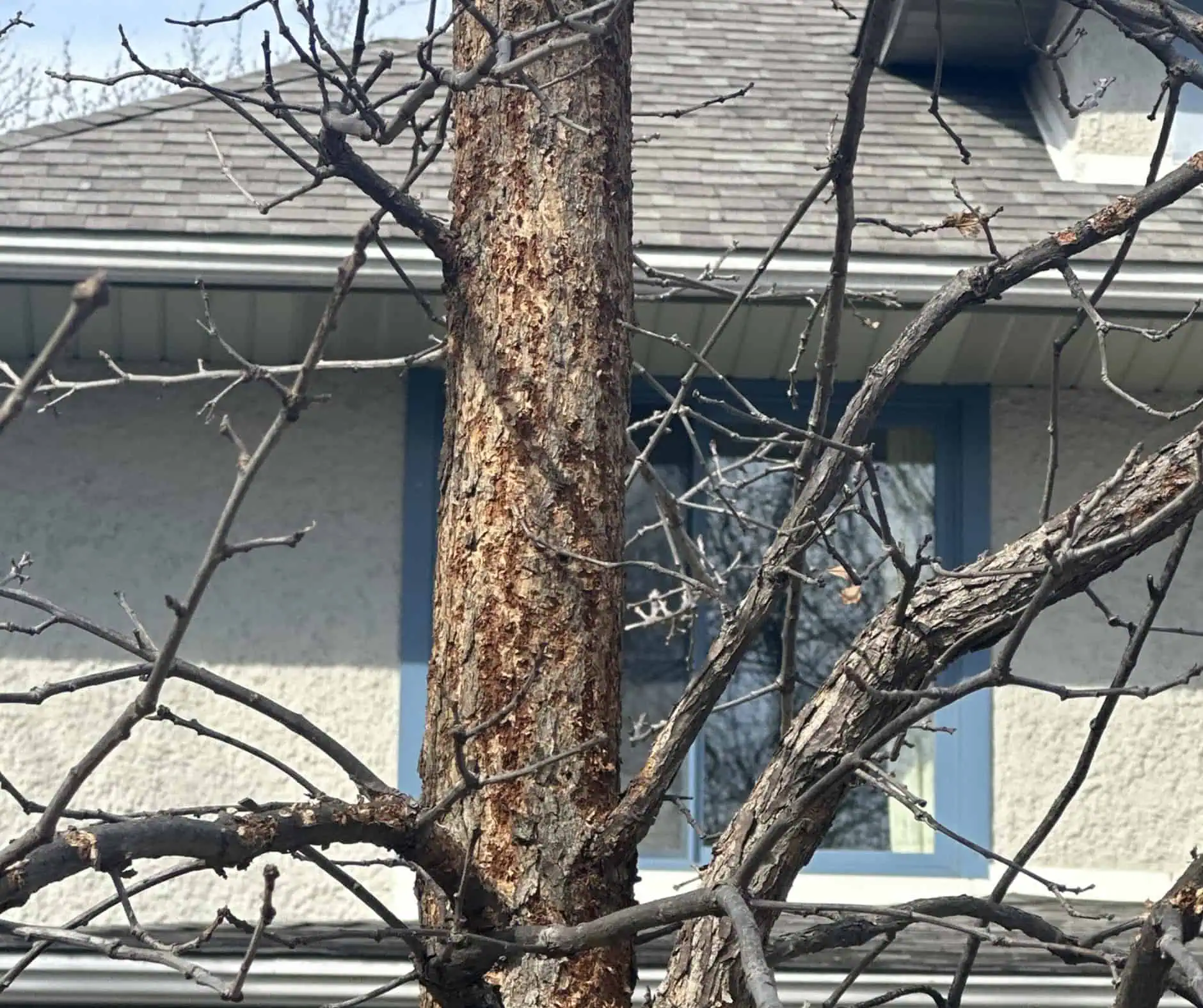
The gall wasp Bassettia favipes (previously known as Callirhytis flavipes) is the primary culprit behind the unusual bark damage observed on various oak species in Northeastern Illinois. The problem has gained attention due to its widespread occurrence and potential impact on the health and aesthetics of affected trees. The severity of the damage varies depending on the level of gall wasp infestation, with higher populations leading to more extensive damage.
Biology and Life Cycle of Bassettia favipes
Understanding the biology and life cycle of Bassettia favipes is crucial for effectively managing the problem. This gall wasp species undergoes alternation of generations, with both asexual and sexual life stages. The asexual (agamic) generation is responsible for the galls currently observed in the branches and stems of affected oak trees, while the sexual generation produces leaf galls on the midrib and veins of oak leaves.
The life cycles of gall-forming wasps, including Bassettia favipes, are highly variable. Gall wasps that develop in woody twig galls have a complex life cycle that spans two or more years. These insects typically overwinter as adults in sheltered locations away from their host trees. When spring arrives and oak buds begin to swell and open, the adult wasps emerge and start laying eggs in the expanding plant tissue. During the egg-laying process or early larval development, the wasps secrete specialized growth-regulating chemicals from their body glands. These chemicals interact with the plant's own hormones, triggering the formation of abnormal growths called galls. Once the gall begins to form, its development is rapid but short-lived. After a brief period of growth, the gall structure reaches its final size and shape, encapsulating the developing wasp within a protective chamber. The wasp larva continues to feed and mature inside the gall, but interestingly, it only consumes the gall tissue itself. The gall acts as a self-contained nutrient source, and once formed, it does not drain additional resources from the host plant.
Symptoms and Identification
The bark damage caused by Bassettia favipes is characterized by the outer bark being pulled up in strips or completely removed from the tree. The affected areas reveal the interior of the galls, which extend from the inner bark through to the outer xylem. The galls caused by Bassettia flavipes are small and develop within small chambers, with dozens of these chambers present in the affected areas. They are clean, without discoloration, and do not have any associated fungi. They can be found from the soil line through the canopy, primarily on branches and stems smaller than 10 inches in diameter.
The bark damage is not solely caused by the gall wasps themselves but also by birds, particularly downy woodpeckers, that feed on the wasps. Downy woodpeckers work the bark and extract the developing gall wasp larvae in winter and early spring, which can result in extensive debarking of trunks and branches. This debarking can lead to dieback of limbs and the upper trunk.
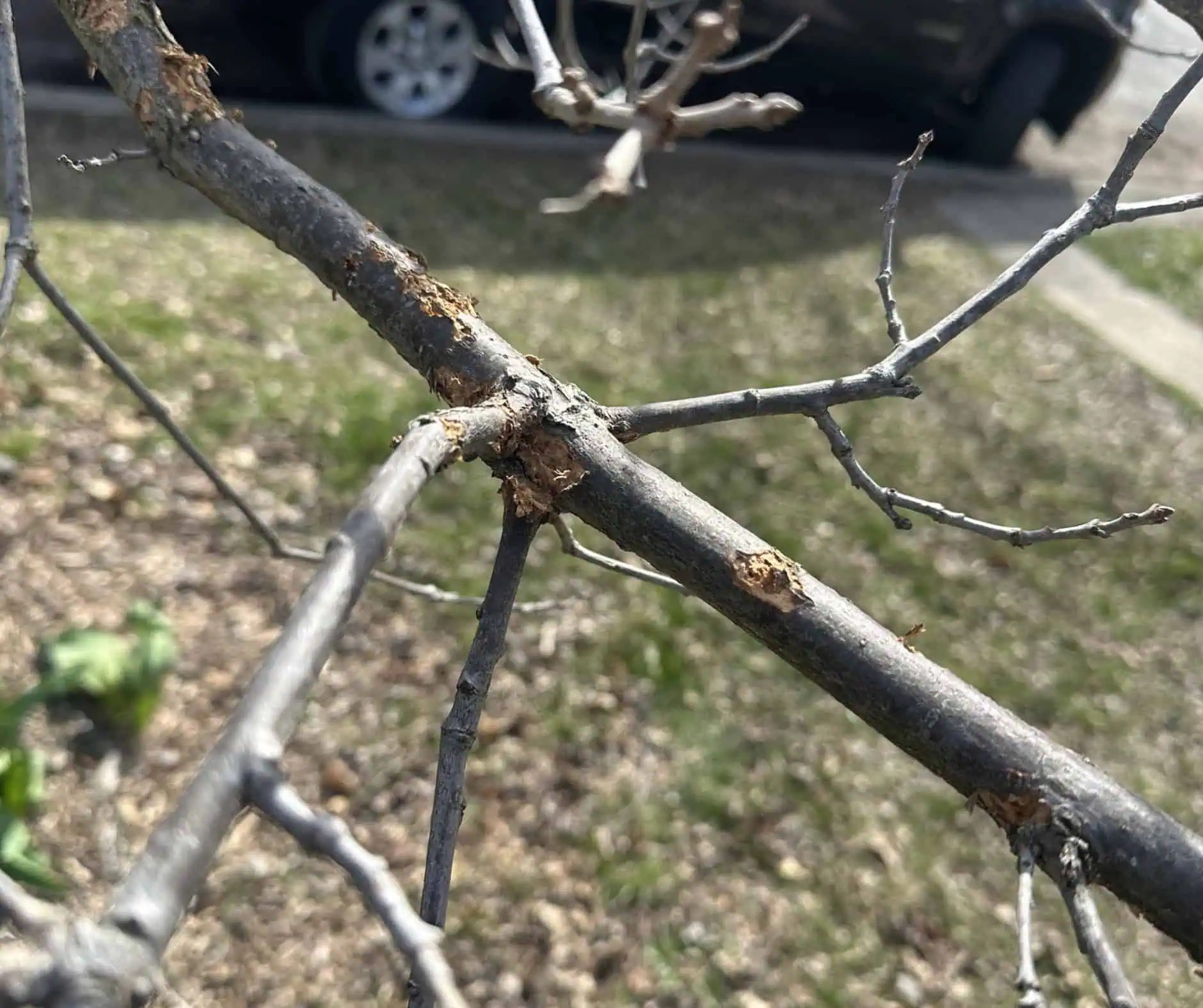
Affected Oak Species in the Chicago Area
Several oak species in the Chicago area have been reported to be affected by gall wasp bark damage, including swamp white oak (Quercus bicolor), bur oak (Quercus macrocarpa), and white oak (Quercus alba). These native species are valued for their adaptability, hardiness, and valuable wood.
Potential Consequences of Gall Wasp Infestation
The gall wasp infestation and resulting bark damage can have several potential consequences for the affected oak trees. While the affected trees have not yet shown significant symptoms of decline and dieback, it is a concern that arborists are closely monitoring. The long-term impact of the gall wasp infestation on tree health remains to be seen.
The severity of the damage is directly related to the level of gall wasp infestation. References suggest that high populations of gall wasps may lead to dieback in affected trees. In recently investigated samples, a high density of adult wasps (five per cm2) has been observed, indicating the potential for increased stress on the trees.
Monitoring and Management Strategies
Regular monitoring of affected trees throughout the growing season is recommended to better understand how the trees respond to the wasp and bird activity. This monitoring can provide valuable insights into the progression of the problem and guide management decisions.
To address gall wasp bark damage, consider the following mitigation & treatment options:
Mitigate stress factors:
- Water oaks adequately during dry periods
- Maintain a consistent mulch layer around the base of the trees
- Fertilize properly to promote overall tree health and resilience
Break the life cycle:
- Rake and destroy gall-infested fallen leaves
Prune and dispose:
- Locate and prune out affected twigs and branches
- Dispose of infested plant material securely in sealed bags or by burning
Destroy galls:
- Step on galls that are difficult to remove to kill the developing larvae inside
- Place any gall remains in tightly sealed bags and discard them immediately
Combine approaches:
- Integrate stress reduction measures with targeted treatment steps
- Consistently monitor and manage gall wasp populations to minimize their impact on oak trees
It is essential to consult with certified arborists and tree care professionals to assess the severity and extent of the damage and determine the most appropriate course of action based on the individual tree's health and condition.
Progressive Tree Service: A Professional Solution
Progressive Tree Service, a fully licensed and insured tree care company serving Chicago and Evanston, Illinois, offers a comprehensive approach to addressing gall wasp oak tree bark damage. The company employs certified arborists with over a decade of expertise in oak tree care, and their skilled tree climbers have at least five years of experience, ensuring high-quality service.
Progressive Tree Service provides a wide range of services, including tree trimming, pest control, tree disease and pest management, tree removal, planting, fertilization, professional tree inspections, and 24-hour emergency tree removal. They take a unique, tailored approach to planning and performing tree care projects, working closely with clients to understand their specific needs and develop customized solutions that prioritize the health and beauty of the trees.
Gall wasp oak tree bark damage is a complex and unusual issue affecting various oak species in the Chicago area. The severity of the damage is directly related to the level of gall wasp infestation, with higher populations leading to more extensive damage. By understanding the biology of the gall wasp, recognizing the symptoms and potential consequences, and implementing appropriate monitoring and management strategies, tree care professionals and property owners can work together to mitigate the impact of this problem.
Engaging the services of experienced and certified arborists, such as those at Progressive Tree Service, can provide valuable expertise and support in addressing gall wasp infestations. Through a comprehensive and tailored approach, the health and longevity of affected oak trees can be promoted, preserving the beauty and ecological value of these majestic species in the Chicago landscape.
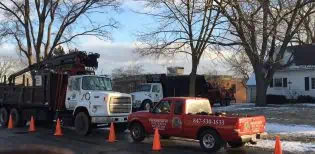
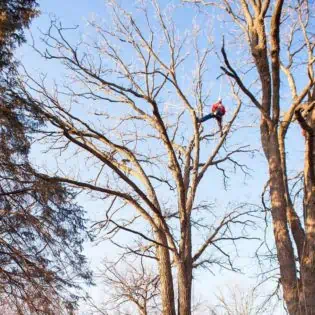
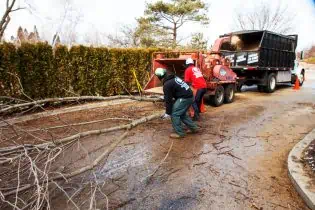
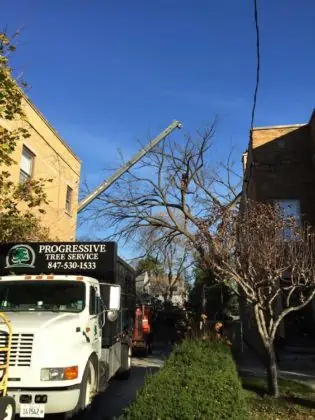
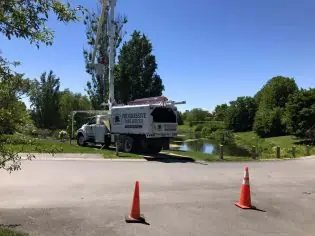
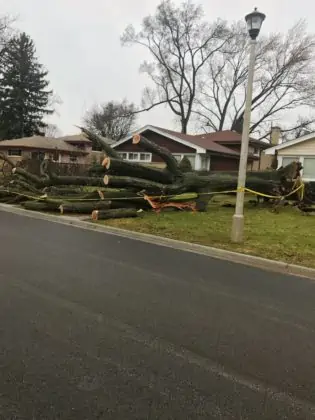
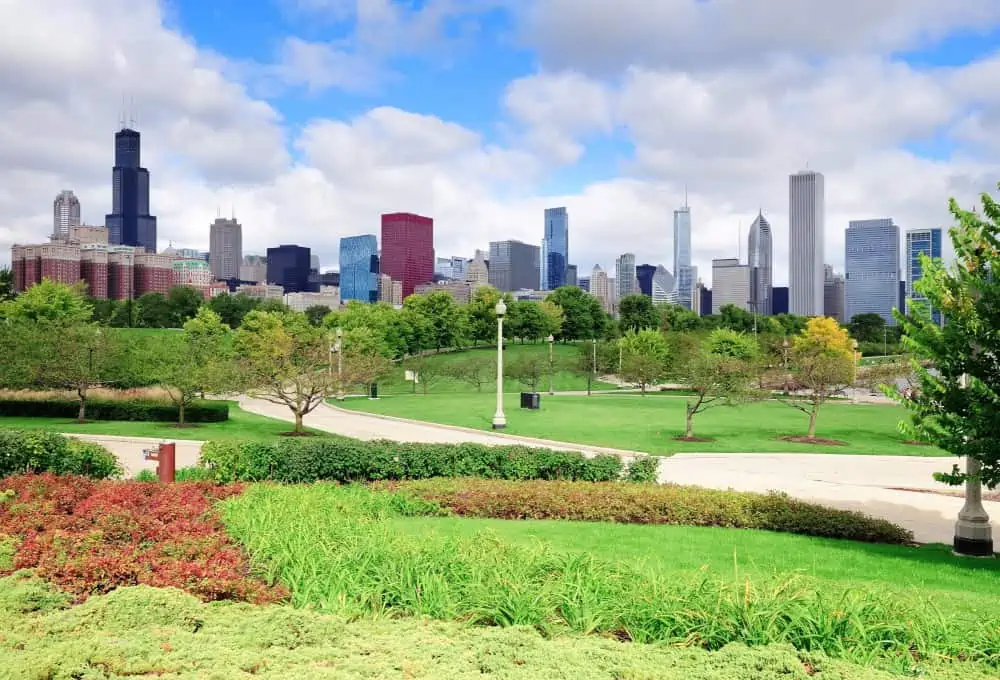
You must be logged in to post a comment.